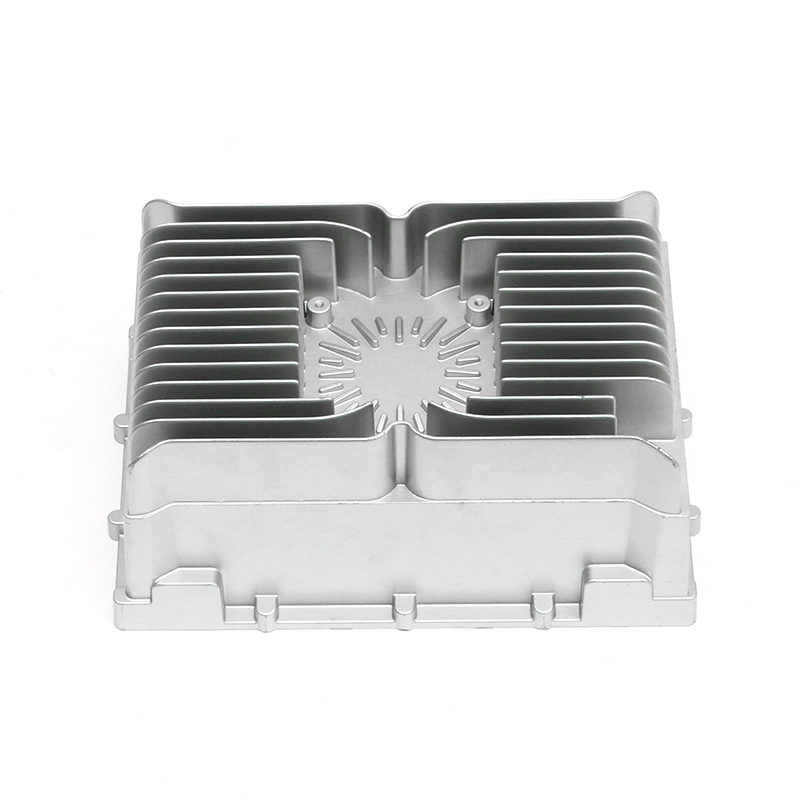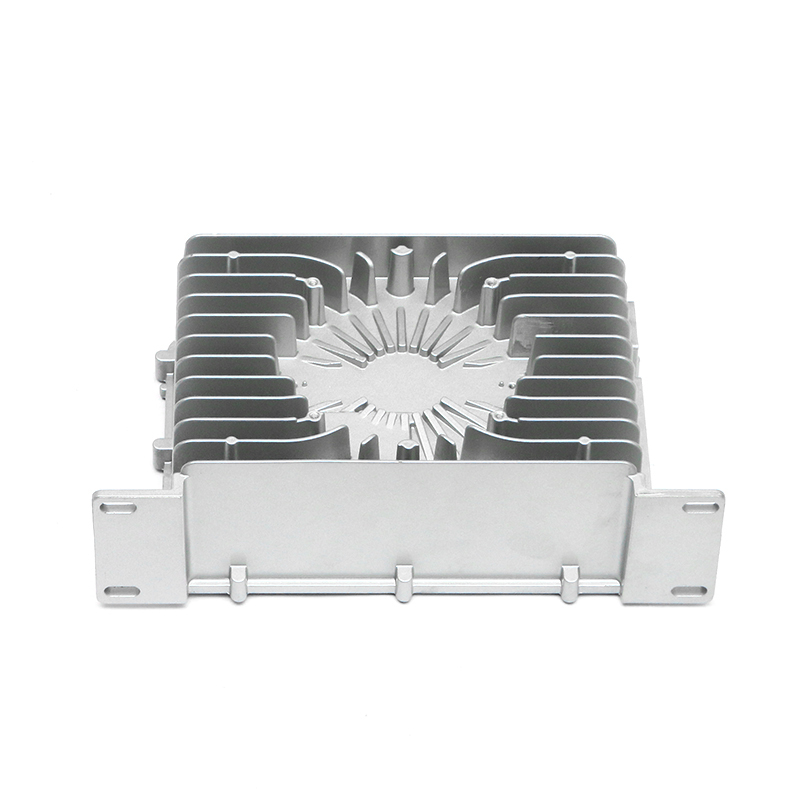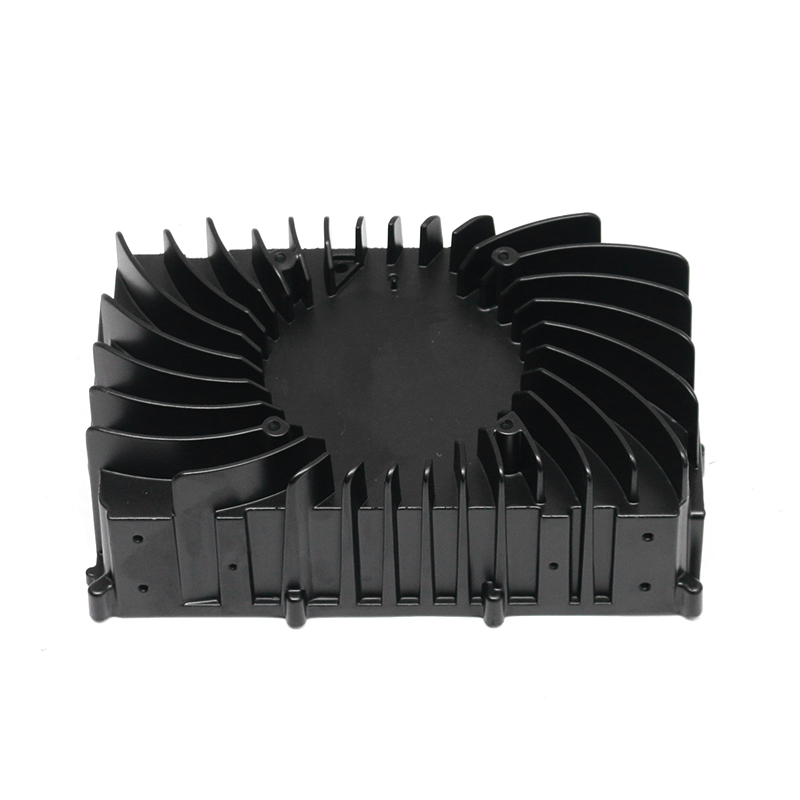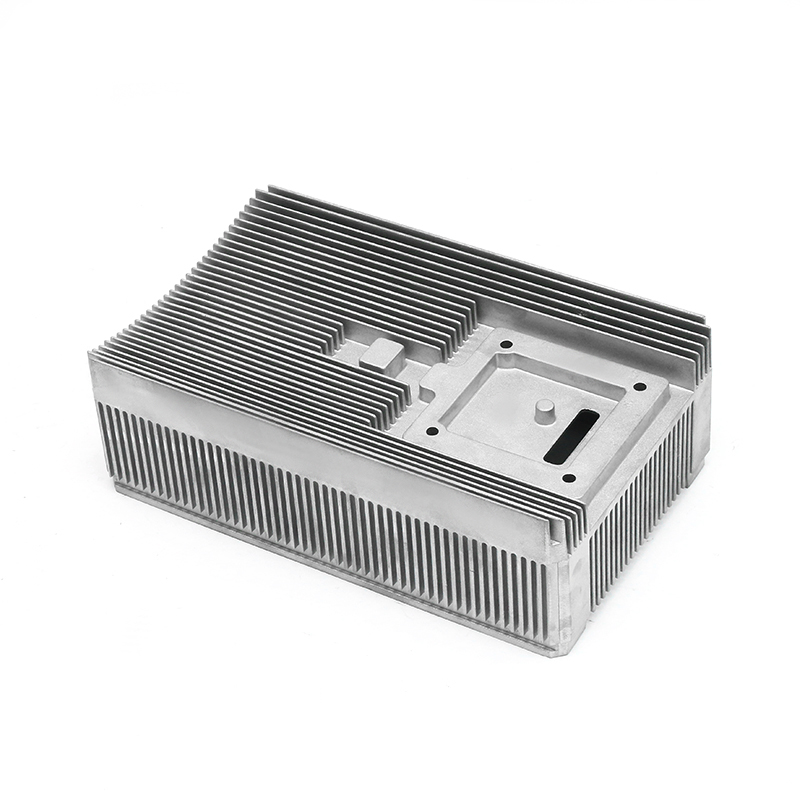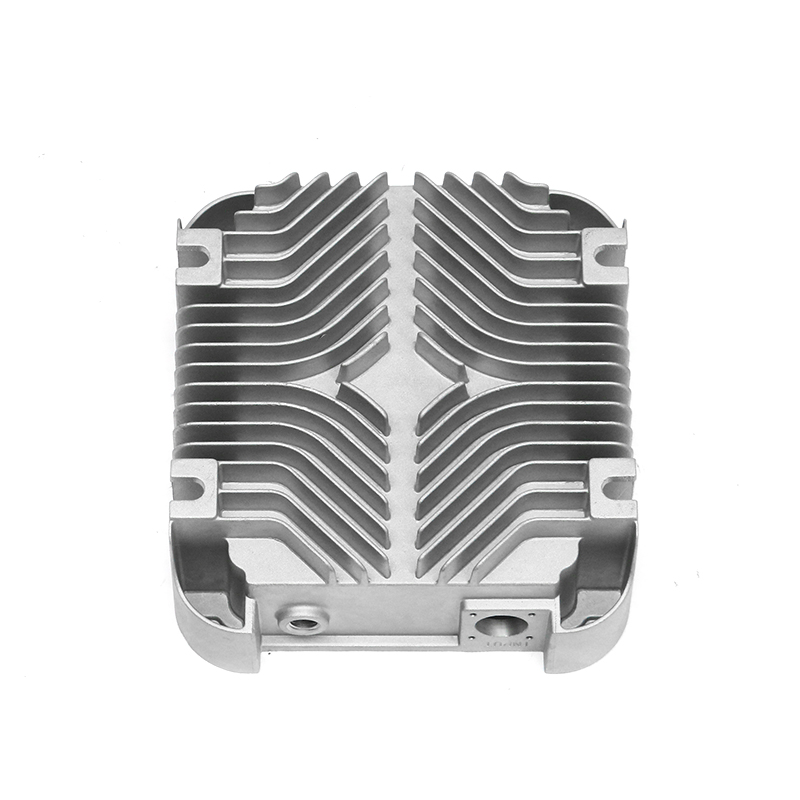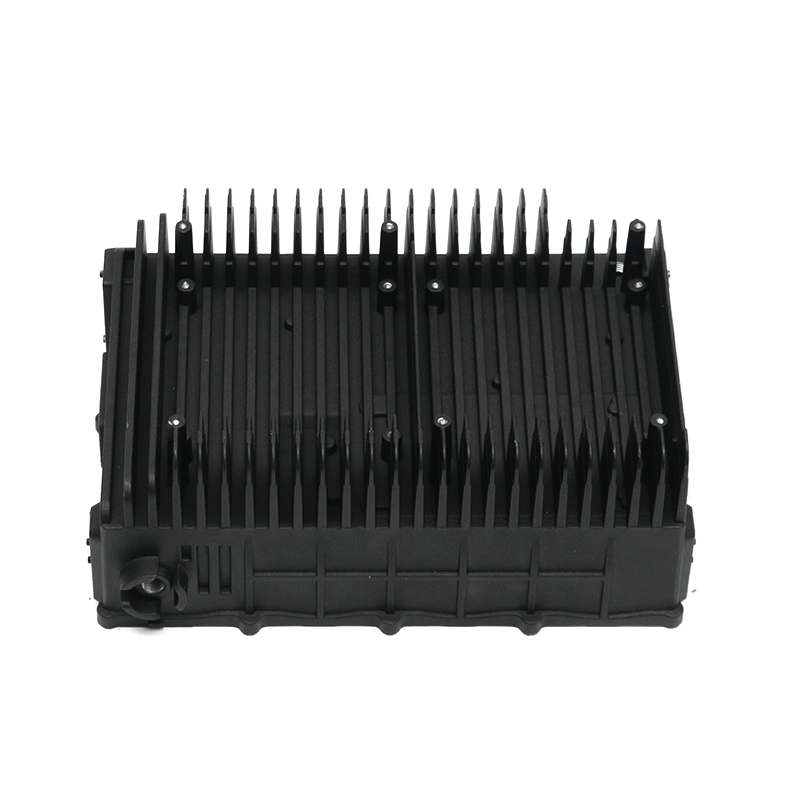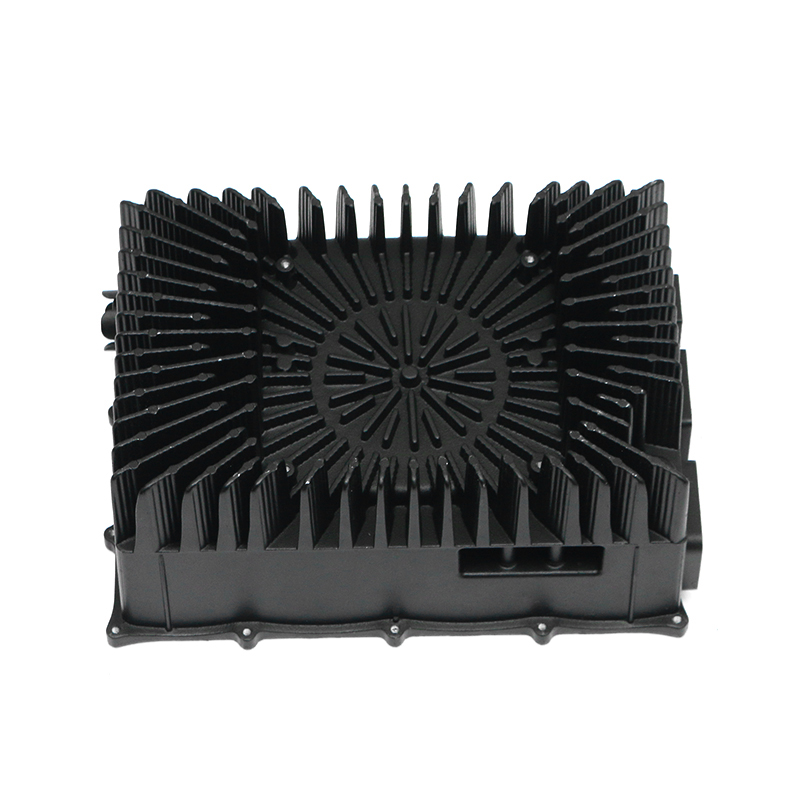How Can New Energy Motor Housing Balance Motor Performance, Cost, and Durability?
The development of new energy motors has made significant progress in various industries, from electric vehicles (EVs) to renewable energy systems. These motors require housing that not only protects the internal components but also contributes to the overall performance, cost-effectiveness, and durability of the motor. The housing material and design play a crucial role in optimizing motor efficiency while ensuring the longevity of the system. Striking the right balance between motor performance, cost, and durability is essential for manufacturers who aim to meet market demands while maintaining competitiveness in a rapidly evolving industry. This article delves into how the motor housing of new energy systems can achieve this balance, focusing on material selection, design considerations, and manufacturing processes.
Understanding the Role of Motor Housing in New Energy Motors
Motor housing serves several vital functions in a new energy motor, ranging from protecting the internal components to aiding in heat dissipation. The housing is essentially the outer shell of the motor, designed to safeguard the stator, rotor, and other critical components from external damage, contamination, and environmental factors. Additionally, motor housing is responsible for ensuring the efficient transfer of heat generated during motor operation to maintain optimal performance levels.
Aside from protection and heat management, the motor housing also plays a role in vibration damping and sound isolation. Motors operate at high speeds, generating vibrations that can negatively affect performance or cause wear and tear on internal components. Therefore, the housing must be designed to minimize vibrations and noise while maintaining structural integrity.
Material Selection: Balancing Performance and Cost
One of the primary challenges in designing new energy motor housing is selecting the right materials that balance motor performance, cost, and durability. The material choice directly impacts the motor's efficiency, weight, and longevity, making it one of the most important decisions in the design process.
Aluminum alloys are widely used in motor housings due to their lightweight properties, high strength-to-weight ratio, and ability to dissipate heat effectively. Aluminum also offers good corrosion resistance, which is crucial in environments where the motor may be exposed to moisture or chemicals. However, aluminum can be more expensive than other materials, which may be a concern for cost-sensitive projects. To mitigate these costs, manufacturers may opt for alloys that balance the material's performance characteristics with cost-efficiency.
Another common material is steel, which provides superior strength and durability compared to aluminum. Steel housing can better withstand external impacts and offer greater protection for the motor components. However, steel is heavier and has a lower thermal conductivity than aluminum, which could negatively impact the motor's ability to dissipate heat. As a result, steel housings are often used in applications where durability and structural integrity are prioritized over weight and heat dissipation, such as in heavy-duty industrial motors.
In addition to aluminum and steel, composite materials have gained attention in the design of motor housings. Carbon fiber-reinforced plastics and other composite materials offer the advantage of being both lightweight and strong. These materials also have excellent corrosion resistance and can be molded into complex shapes, making them ideal for certain applications where weight reduction is a priority. However, composites tend to be more expensive than metals, and their use is generally limited to high-performance motors or specialty applications.
Heat Dissipation: Maintaining Motor Performance
Effective heat dissipation is crucial to maintaining the performance of new energy motors. When a motor operates, it generates heat, which can reduce the efficiency of the motor and, if not properly managed, can lead to overheating, reduced lifespan, and potential failure. The housing material plays a significant role in facilitating heat transfer from the motor components to the surrounding environment.
Aluminum is one of the most commonly used materials for motor housing due to its high thermal conductivity. This allows the heat generated by the motor to be efficiently transferred to the external environment, preventing the motor from overheating. To further enhance heat dissipation, motor housing designs often include features such as heat sinks or ventilation slots. These features allow air to flow freely over the motor housing, enhancing cooling and maintaining optimal operating temperatures.
On the other hand, steel, while durable, has lower thermal conductivity, which can hinder heat dissipation. For applications requiring steel housing, manufacturers often incorporate external cooling elements, such as air or liquid cooling systems, to compensate for the material's limitations. These additional cooling systems add to the overall cost and complexity of the motor system but are sometimes necessary to ensure that the motor operates within its temperature limits.
Durability: Ensuring Long-Term Reliability
Durability is a key consideration when designing motor housing, especially for motors used in demanding environments. Motors in electric vehicles or industrial machinery are often subjected to harsh conditions, including high vibrations, temperature fluctuations, and exposure to chemicals or moisture. As such, the housing material must be able to withstand these challenges while protecting the motor's internal components.
For motors operating in demanding environments, such as electric vehicles or heavy machinery, steel housing may be preferred due to its higher strength and resistance to external impacts. Steel is also better at withstanding prolonged exposure to mechanical stress and is less likely to suffer from fatigue over time. However, steel's weight and lower heat dissipation capacity must be considered when designing for such applications.
In less demanding applications, such as residential or light commercial use, aluminum housing may be sufficient, as it provides a good balance of strength, weight, and thermal management. Additionally, aluminum's resistance to corrosion makes it a durable option for motors exposed to the elements, such as those used in outdoor applications or coastal environments.
Composite materials, while offering excellent strength-to-weight ratios, may not always provide the same level of long-term durability as metals. However, advances in composite technology have led to the development of highly durable composites that can withstand high stress and environmental exposure. These materials are often used in applications where both lightweight design and durability are important, such as in drones or electric bicycles.
Design Considerations for Optimizing Performance
Beyond material selection, the design of the motor housing itself plays a critical role in balancing performance, cost, and durability. A well-designed motor housing should not only protect the internal components and dissipate heat effectively but also minimize manufacturing costs and ensure ease of assembly.
One of the key design elements is the shape and structure of the housing. For example, incorporating ribs or fins into the housing design can help improve heat dissipation by increasing the surface area for heat transfer. Additionally, ensuring proper airflow through the housing can help cool the motor more efficiently, preventing overheating. In some cases, manufacturers may also use integrated cooling channels or fans within the housing to facilitate active cooling for high-power motors.
The housing design should also take into account ease of maintenance and repair. For example, a modular design that allows for easy access to internal components can reduce downtime and repair costs. Additionally, using standard fasteners and connectors can streamline the manufacturing process and reduce the overall cost of production.
Finally, the housing design must consider factors such as vibration dampening and noise reduction. Motors generate vibrations that can cause wear and tear on internal components, as well as contribute to noise pollution in certain applications. By incorporating vibration-damping materials or isolating the motor from the housing, manufacturers can reduce the effects of vibration and noise, enhancing the user experience and extending the lifespan of the motor.
Cost Considerations and Trade-offs
Cost is a critical factor when designing new energy motor housing, as manufacturers must balance the performance and durability of the housing with the need to keep production costs low. The choice of material, design complexity, and manufacturing process all contribute to the overall cost of the motor housing. For example, while aluminum is an excellent material for heat dissipation and durability, it can be more expensive than plastic or composite materials. Similarly, advanced manufacturing processes, such as die-casting or injection molding, may add to the cost of production.
In some cases, manufacturers may need to make trade-offs between cost and performance. For example, while steel may offer superior durability and strength, its higher weight and lower thermal conductivity may not be suitable for all applications. Conversely, aluminum may provide better thermal management and be more cost-effective, but it may not offer the same level of impact resistance as steel. By carefully considering the application requirements and performance priorities, manufacturers can strike a balance between performance and cost that meets both customer expectations and market demands.


